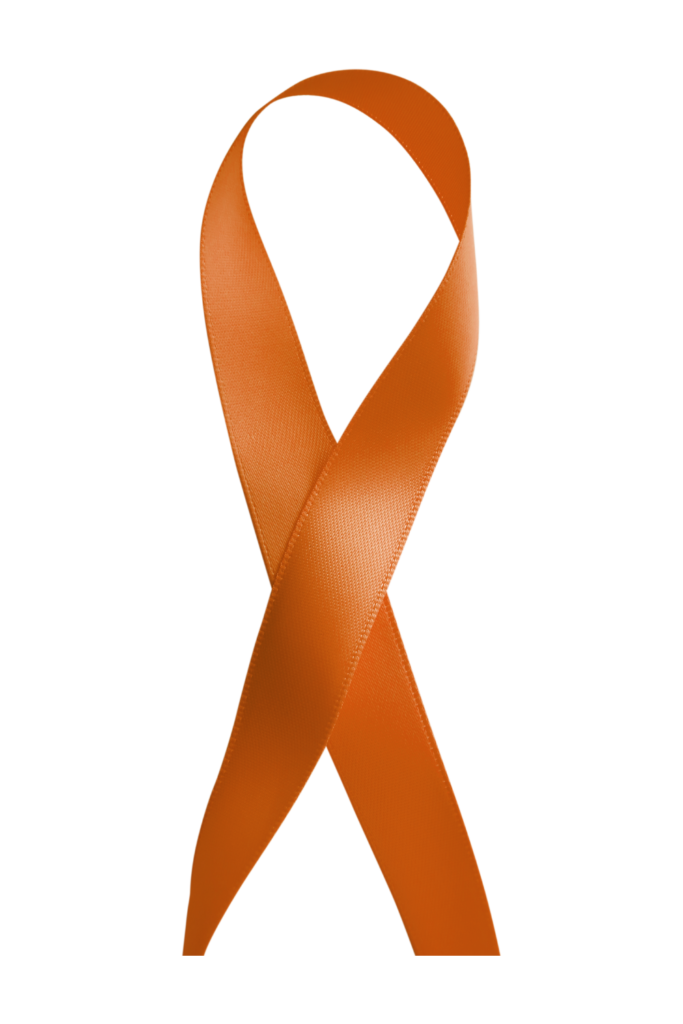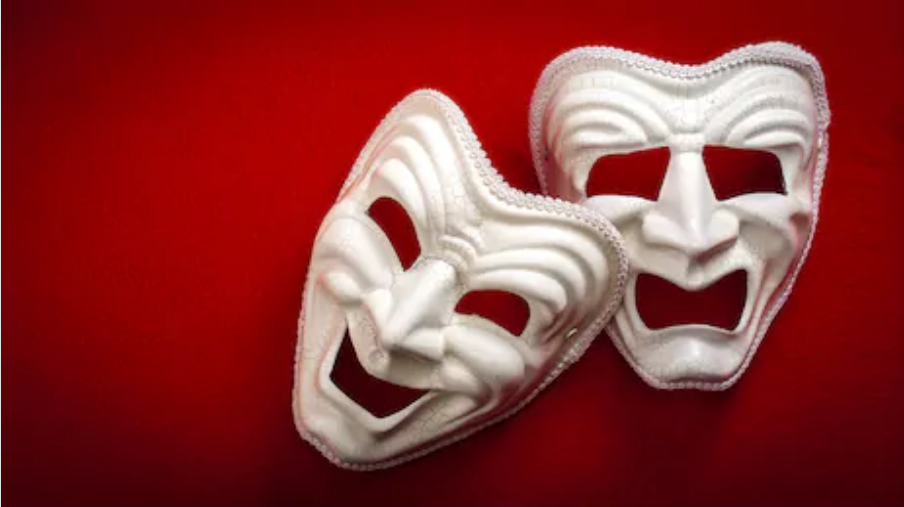My MS Journey
In late June 2020, I began having symptoms that were out of the ordinary. They were troubling for me because it was during the midst of the pandemic and the prospect of contracting Covid-19 was scary. Early evening on June 29, I lay across my bed with chest pains, trying to be brave, determined not to be a big crybaby, all the while hoping, like Fred Sanford, that this wasn’t ‘the big one.’ Coughing, clutching my chest and hearing my own heartbeat thudding in my ears, I finally asked my husband, “Can you take me to Urgent Care now?” He’d asked me twice already if I wanted to go. I’m stubborn, so I refused, believing, instead, that I could fake my way through the pain.
When I reached check-in at Urgent Care, I was turned away because of fear from Covid-19 and was advised to go to the nearest Emergency Room, 15 minutes away. I spent the next 5 hours in isolation. I was subjected to a battery of tests, including a coronavirus test — the one that I refer to as the “brain swipe.” My nose ached for 30 minutes after.
Luckily, I didn’t have Covid-19, but the mystery of what ailed me lingered.
In mid-July, still complaining of not feeling well, my primary care doctor sent me to have a brain MRI and a carotid artery ultrasound. Both tests were done on the morning of July 14th. Early that afternoon, the nurse called to notify me that the results of the ultrasound was negative. A couple of hours later, she called again.
“Hello Mrs. Albarda, we have the results back from your MRI. It looks like you may possibly have multiple sclerosis.”
And just like that, my world shattered. They say “don’t shoot the messenger,” but at that moment, I wanted to slap her, if only I could have gotten my hands on her. It was as if she didn’t care. Her voice was so cold, so clinical. They were just words to her. No fanfare. No softening the blow. No emotion.
“I’m sorry…what?”
“Um, you might have multiple sclerosis.”
For a moment, I could picture her on the other end of the line, phone propped up under her ear with her shoulder, chomping on gum like a cow, filing her fake nails and daydreaming about the wonderful date she had the night before with a guy that she’d just met.
I don’t remember hanging up the phone. In a mild state of shock, I called my husband upstairs, went into my bedroom, sat on the bed and looked up at him through the blur of watery eyes.
“That was the doctor’s office. I think I might have MS.”
It’s never as quick or as easy as the movies or TV shows would have you believe. They condense a lifetime of drama into one or two hours, and at the end of the episode, everything is either wrapped up nice and tidy with shiny happy people standing around smiling fake smiles with their big white teeth while sipping designer coffee, or they’re shedding tears of sorrow and wails of grief fade to black as the camera pans upward from a sea of mourners at a rain drenched cemetery. But this is real life, and it doesn’t happen that way.
It took months for my diagnosis to come, and not without some advocating on my part. My neurologist tried to convince me I was suffering from vestibular migraines because of my symptoms—extreme fatigue, dizziness and nausea—but my gut told me different. It wasn’t that he was trying to dismiss me; he wasn’t. However, he became fixated on the one symptom that I had wrestled with for years, that I knew intimately, that I would not accept the definition as he so named it. When I said “dizzy,” he said “vertigo.” But my dizziness wasn’t dizziness, per se, but more like the after affects of one, two or three too many cocktails during a night of celebrating. It was that one word that nagged at me, and I just couldn’t let it go. Vertigo. Nope, not vertigo, I insisted.
I’ve suffered from vertigo for many years; this dizziness was unlike any vertigo that I’ve ever had. So I refused to accept vestibular migraines. Admittedly, medically speaking, I don’t know more than a neurologist. Still, I knew that there was something else going on in my body, something other than vertigo. So I listened to my body. And I went and got a second professional opinion. After a cervical spine MRI in early August and then a lumbar puncture (spinal tap) in mid-October, on October 22, 2020 I was finally diagnosed with Secondary Progressive Multiple Sclerosis (SPMS).
Since that day, life has been a roller coaster. I’ve shed many tears, laughed to keep from crying, suffered from depression, buried my head in scholarly articles, sought out other MS warriors, gotten angry, and cried some more. But I tell myself that I won’t give in to MS.
 What is Multiple Sclerosis?
What is Multiple Sclerosis?
Like most people, I knew very little about multiple sclerosis. I lived in ignorance of the disease until it touched my life. But isn’t that always the way it is? We’re blissfully unaware until that “it” — whatever it is — is staring us in the face. I had to take a crash course in MS 101.
Multiple sclerosis is an autoimmune disease. More specifically, it’s a chronic immune-mediated disease that affects the central nervous system (the brain and spinal cord). With MS, the body’s immune system attacks the myelin sheathing—the protective coating around nerve fibers in the central nervous system—in the central nervous system. Essentially, my body is at war with itself.
MS is unpredictable and affects each person differently. There is no known cure for MS. Once doctors understand what causes it, perhaps they have a fighting chance at stopping it. For now, the best I can hope for is slowing down the progression of the disease. Until then, I live with it.
But with MS, my plan is to not just survive . . . but to thrive.
FOR MORE
To read more about my MS journey, go to the MULTIPLE SCLEROSIS tab at the top of the page to reach the “LIFE WITH MS” page.



